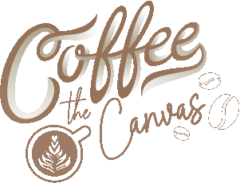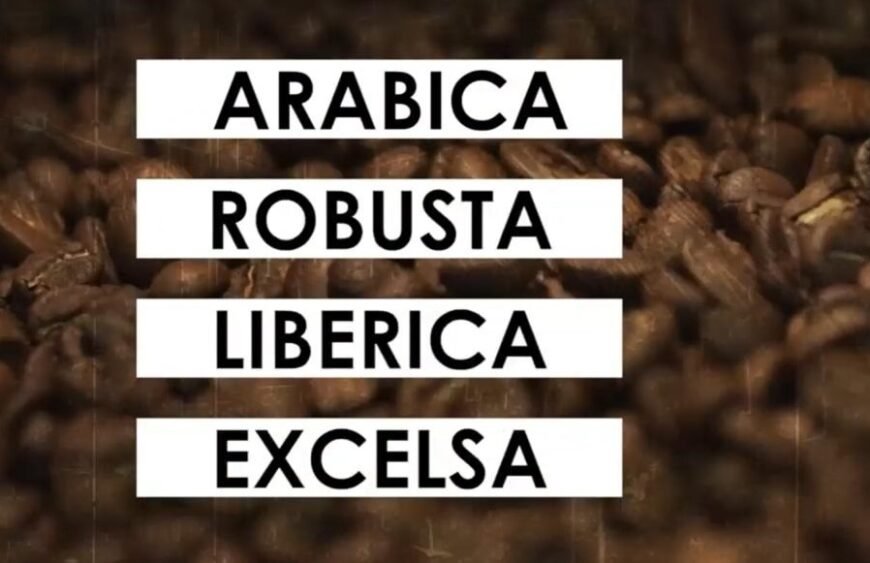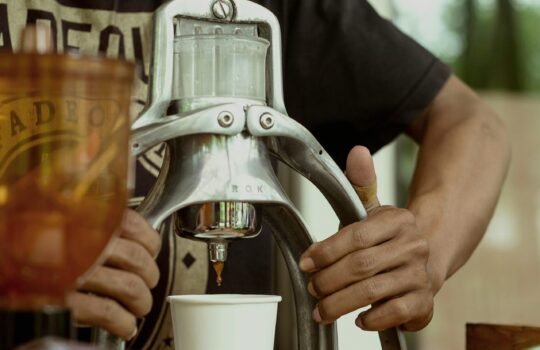Did you know that there are 4 different types of coffee beans? If you drink coffee every morning, you may have wondered about where your coffee came from. The seed of the coffee plant, which produces coffee, is referred to as a coffee bean. Coffee beans are actually the seed or pit of the fruit that grows on coffee plants despite the fact that they do not in fact resemble actual beans. But have you ever wondered about the differences between coffee beans?
How many types of coffee beans are there? If you enjoy drinking coffee, you may have pondered how many various kinds there are and what makes each one special. The coffee bean comes in 4 varieties, Arabica, Robusta, Liberica, and Excelsior.
Each of these different types of beans all has taste characteristics that are vastly different. Arabica and Robusta are the most popular coffee bean variations
Table of Contents
ToggleArabica coffee beans:

With roughly 60% of all coffee consumed worldwide coming from Arabica beans, these beans are by far the most popular. These delicious beans may have been the first coffee beans ever drunk as they were believed to have originated in the highlands of Ethiopia 1000 of years ago.
The popularity of the beans in 7th century Arabia, present day Yemen, is perhaps where the name Arabica originates. Despite being so well liked, Arabica beans have the drawback of being more challenging to grow. Because of this, Arabica beans cost more. For Arabica beans to grow properly, shade, sufficient water, and a high altitude are all necessary. These plants must be planted at a minimum elevation of 2,000 feet since they are more prone to crop diseases.
Additionally, they are smaller coffee plants growing to a height of only 8 to 15 feet. The majority of upscale coffee brands boast the use of only Arabica beans. They are renowned for their flavor which is smooth, rich, and noticeably devoid of bitterness. Arabica beans can have a variety of flavors from earthy Indonesian to fragrant Ethiopian depending on where they are cultivated.
Robusta coffee beans:
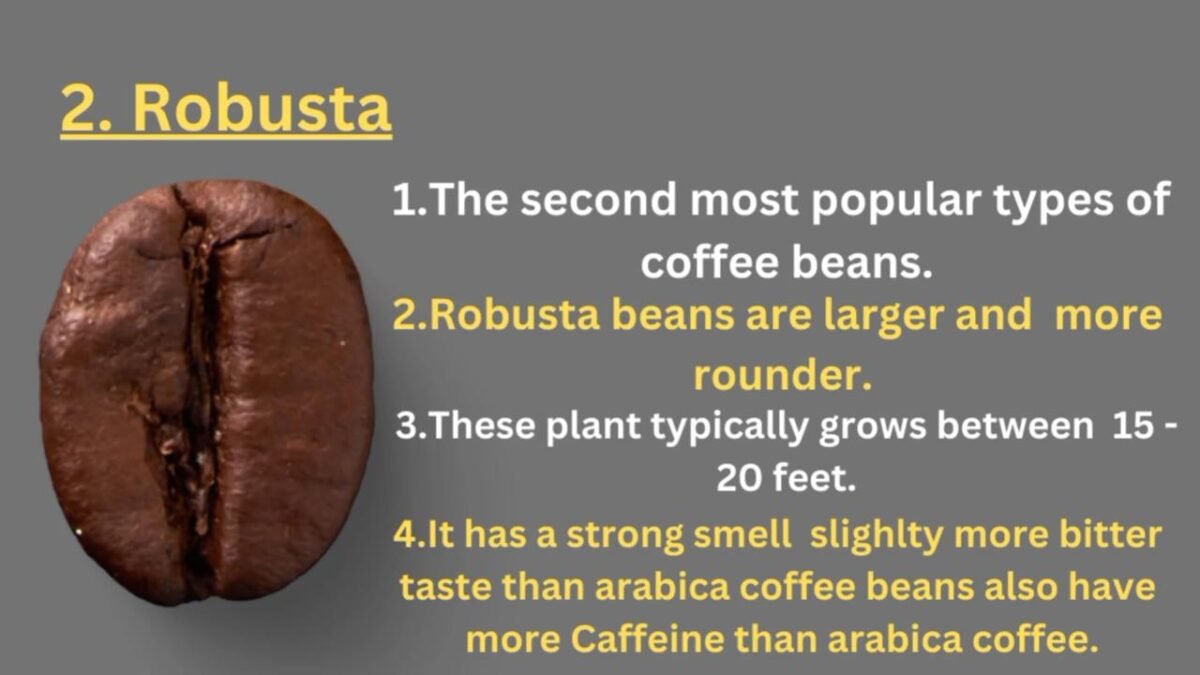
Robusta is the next most common coffee bean. Robusta beans are now mostly farmed in Africa and Indonesia. It is especially popular in Vietnam and frequently included in coffee mixers. Since these beans are less expensive, roasters can enjoy them without breaking the bank. Compared to other types of coffee beans, Robusta beans are larger and rounder.
Between 15-20 feet tall, these plants grow significantly larger than arabica plants. Because they can grow at low elevations and are resistant to crop diseases, Robusta beans are often thought of as being more resilient. Robusta coffee is frequently perceived as being more bitter. It has a strong aroma and a taste that is strong and almost burnt. Robusta beans also have a lot more caffeine than arabica beans.
Even though many devotees of specialty coffee dislike Robusta, we suggest giving it a shot at some point.
Liberica coffee beans:

Koffia liberica, which gets its name from Liberia in Central and Western Africa, is highly regarded for its pungent flowery scent and robust smoky flavor. Although regularly combined with other types to add bulk and complexity, this hardy species hardly ever receives any recognition. The majority of Liberica cherries typically have an irregular form and resemble robusta more in size and overall look because they come from a much larger plant.
The liberica plant tolerates hot, muggy weather and grows well at low elevations. The bean now accounts for around 2% of the world’s coffee production and is primarily grown in Indonesia, Malaysia, and the Philippines. Liberica beans make up more than 95% of the coffee production in Malaysia. However, it is uncommon to find this type of coffee bean in North America. Liberica coffee has a contentious and divisive reputation among fans for its wildly inconsistent flavor.
If you’ve tried this uncommon flavor, you either love it or hate it. Some coffee consumers adore the odd flavor, which is nutty, woody, and finishes with a subtle backbite.
Excelsa coffee beans:
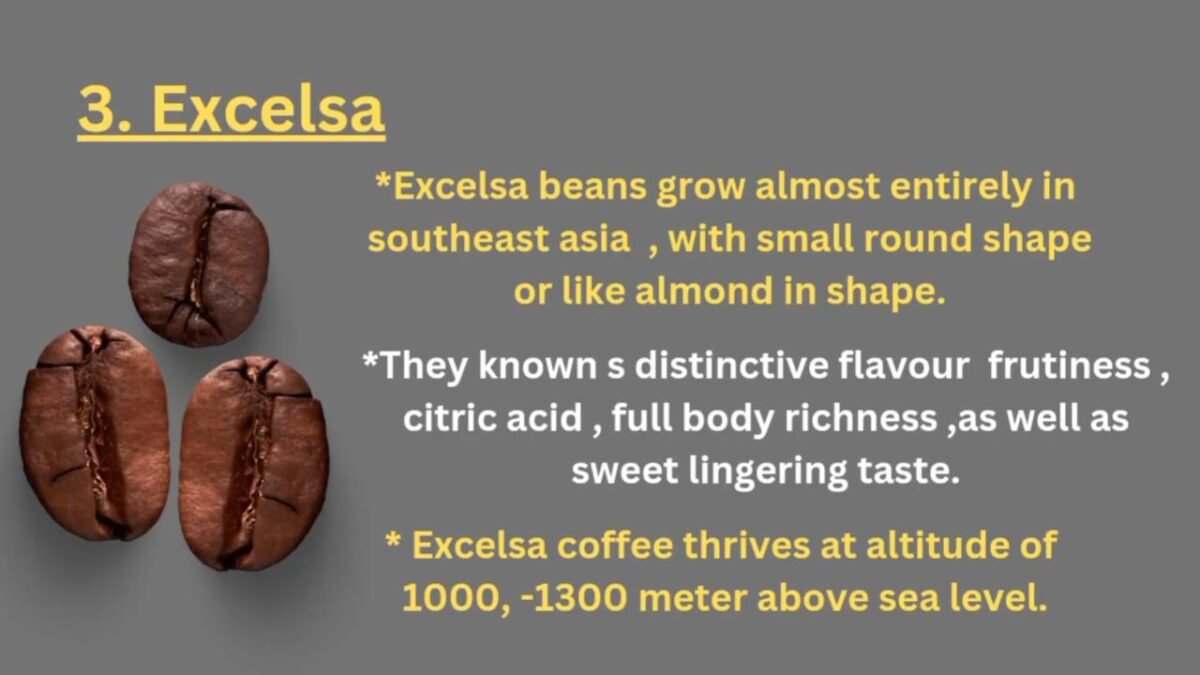
Excelsa is the name of the 4th main variety of coffee bean. This bean has recently been categorized as a Liberica variation, despite the fact that it was previously believed to be a distinct coffee species.
Excelsa beans are elongated ovals that resemble Liberica beans and are nearly exclusively grown in Southeast Asia. These beans grow on huge plants that can reach up to 30 feet. The taste of excelsa beans is quite distinctive. They blend flavors that are more reminiscent of dark roasts with characteristics of light roasts such as acidic notes and fruity flavors. They nonetheless have an unusual depth of flavor while being lower in fragrance and caffeine.
What types of coffee beans should you choose?
Now that you’re aware of the different types of coffee beans, which one should you choose for your morning brew? Look for coffee that is 100% Arabica if you want the best flavor and don’t mind paying a little bit more. On the other hand, if you want to stay on budget and like lots of caffeine, you should pick up a bag of Robusta or an Arabica Robusta blend. However, if you do so, you shouldn’t be surprised when your brew is bitter.
Look for liberica or excelsa beans if you’d rather something unique, but be ready for a longer search. Although difficult to find, these unusual coffee beans can be wonderful. Additionally, these beans make a great gift for coffee enthusiasts who want to explore more unique coffee flavors. Keep in mind that it’s advised that you grind the beans right before you begin brewing. Regardless of the sort of coffee bean you pick, the extra work is well worth it because you’ll get a far superior flavor and freshness.
What is the strongest coffee bean?
Like we mentioned earlier, the strongest coffee bean is the Robusta bean. Although it’s frequently used in less expensive coffees, there has been a considerable increase in the market for high caffeine coffee blends. Dark roasts are seen by some coffee drinkers to be more potent and caffeinated than light roasts. In actuality though, the amount of caffeine stays largely constant during the whole roasting process.
The flavor, not the amount of caffeine distinguishes the different roasts. Decaf coffee, which is at least 97% caffeine free, has the least amount of caffeine. A single espresso has the least caffeine per serving of normal coffee with caffeine. A single espresso has 45 milligrams of caffeine compared to 95 milligrams in a cup of drip coffee.
You also have an idea of the way each of these beans tastes. So which one do you think would be your favorite?
